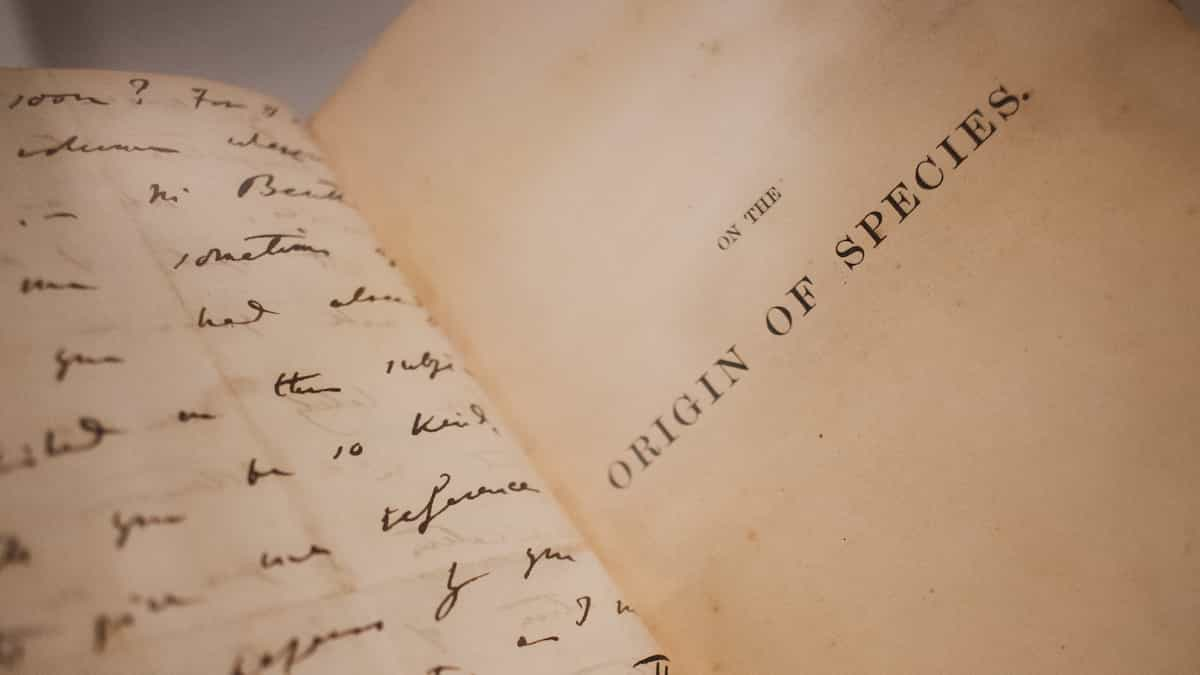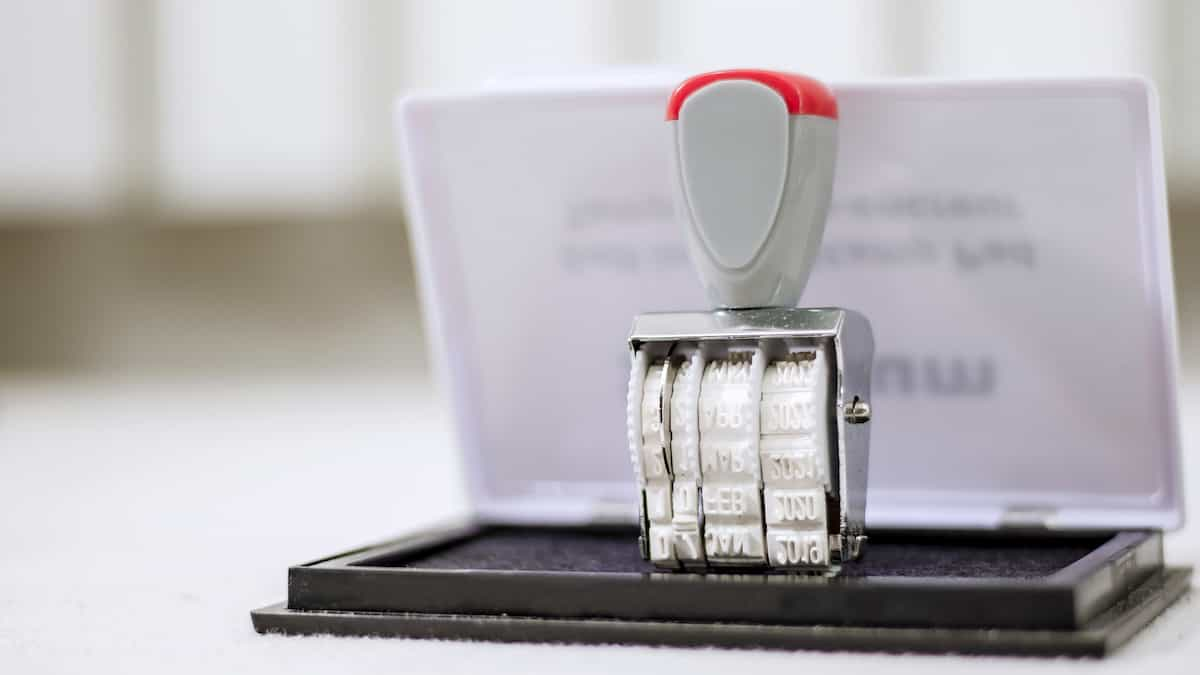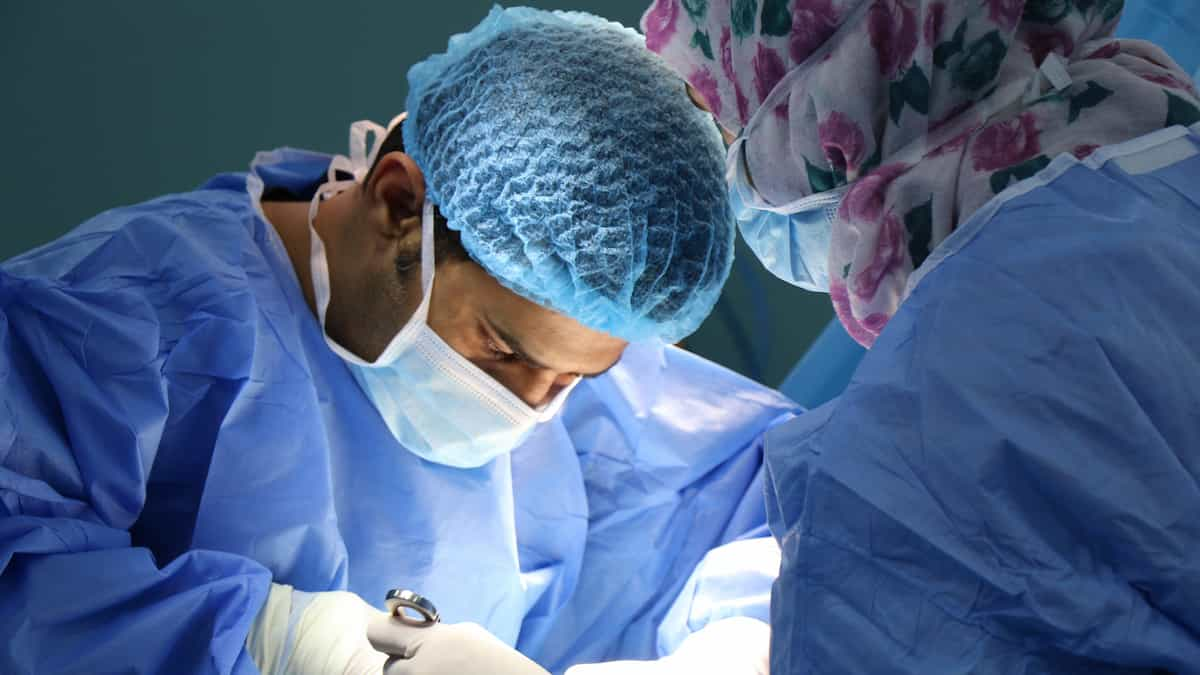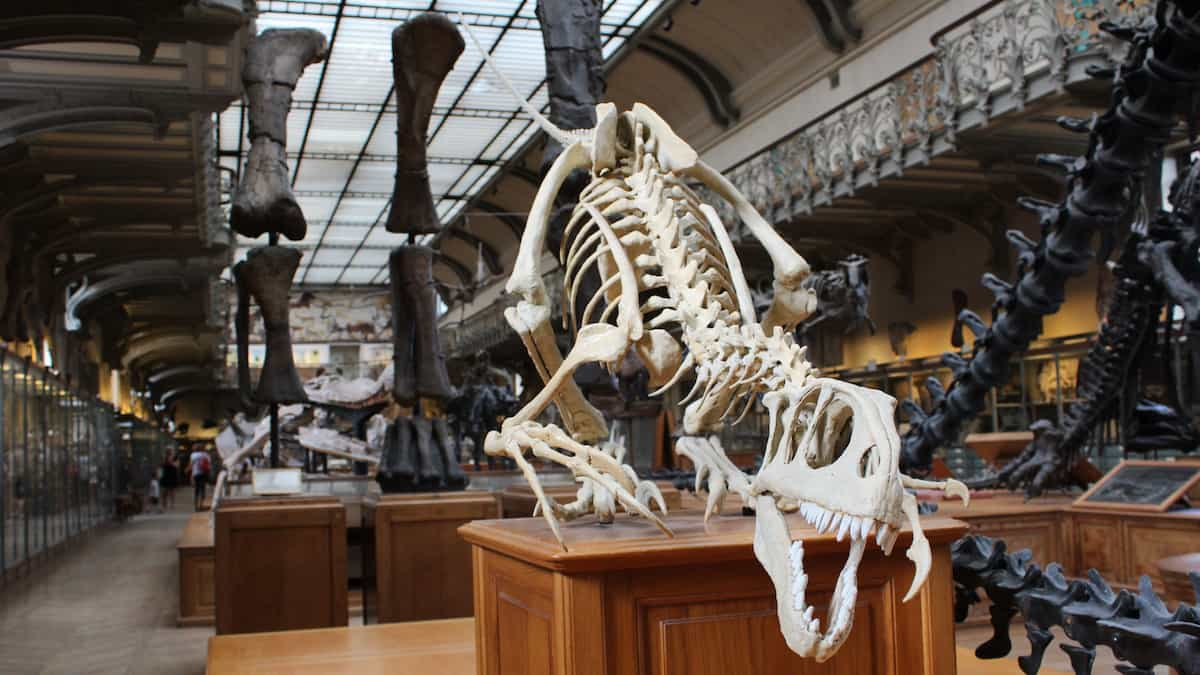Table Completion Questions in IELTS Reading
Learn about Table completion questions in IELTS reading with an overview, recommended strategy and practice questions.
by Tim Martyn
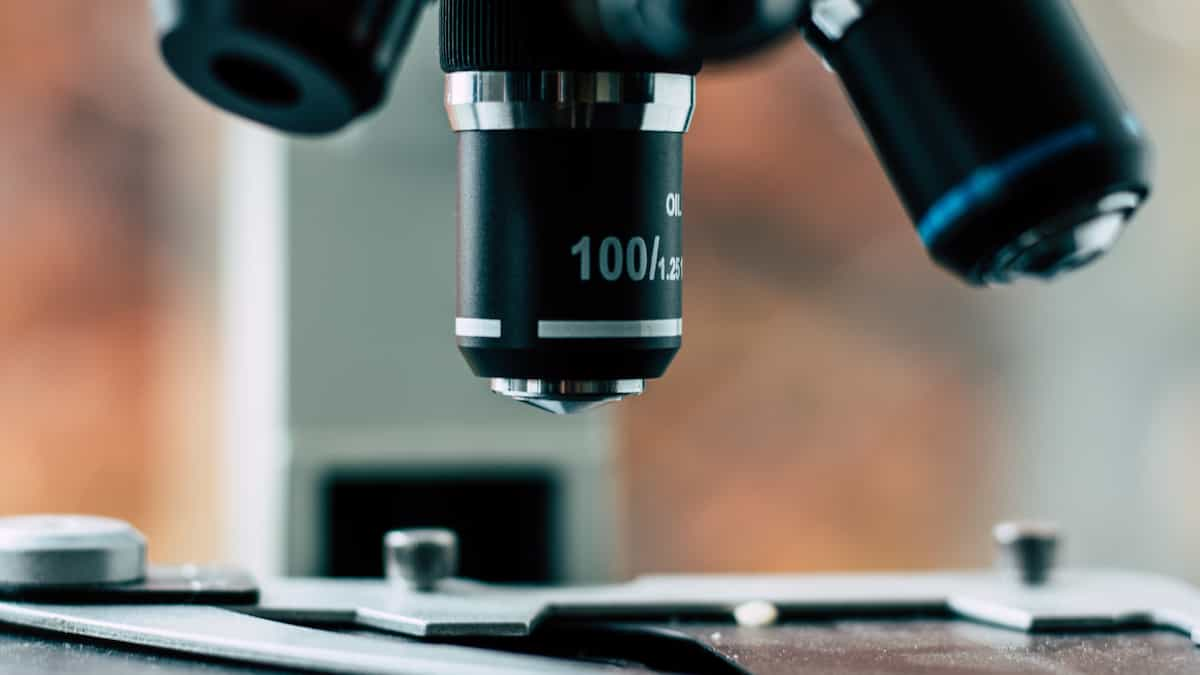
Overview
Table completion questions test your ability to understand details and/or the main ideas of a section of the passage.
Here are some key points about Table completion questions:
- You’ll be asked to complete a table by selecting words from the passage. It’s much less common, but you could be asked to select from a list of possible answers instead.
- The answers don’t necessarily occur in order in the passage but will usually come from one part of the passage rather than being spread across the entire passage.
- They’re generally used with descriptive passages.
Example questions
Here are some example Table completion questions from a passage about how cells are studied.
You can try these questions in the practice section.
Questions 1 – 5
Complete the table. Write NO MORE THAN TWO WORDS from the text in each gap.
Microscope Types
Maximise your IELTS reading score with these essential tips.
Recommended strategy
Here’s my recommended strategy for answering Table completion questions. I’ll use Question 1 to demonstrate the steps you need to take.
Step 1 > Quickly study the table
Don’t spend too long on this step. Your goal is to gain a general understanding of what the table is summarising. Pay attention to the title (if there is one) and the labels on the rows and columns. These will help you find the relevant part of the passage.
Step 2 > Identify key words
Key words are the important words that help you understand the focus of the question. Key words include names, places and figures, as well as nouns, verbs and adjectives.
You can look for key words in the title (if there is one) and in any row and column labels. The notes within the table itself will also contain key words.
Here’s the first cell of the table with the key words highlighted.
Microscope Types
Step 3 > Scan the passage to find the key words
Once you’ve identified the key words, you can scan for them in the passage. It’s important to keep in mind that synonyms – words and phrases with the same or a similar meaning – are often used in the passage rather than the actual key words from the table, so you need to look for them, too.
Here’s the reading passage. You can see that the key words and/or synonyms relating to the first cell of the table have been highlighted.
↕ scrollable window
Cells are the basic building blocks of all organisms. In multicellular organisms, several cells of one particular kind interconnect with each other and perform shared functions to form tissues, such as connective tissue. Tissues combine to form organs – such as the stomach and heart – and several organs together make up an organ system such as the digestive system. Several systems functioning together form an organism, such as a human being. There are many types of cells, and all are grouped into one of two broad categories: prokaryotic and eukaryotic. Animal cells, plant cells, fungal cells and protist cells are classified as eukaryotic, whereas bacteria and archaea cells are classified as prokaryotic.
Cells vary in size, but with few exceptions, individual cells are too small to be seen with the naked eye. For instance, a typical human red blood cell is about eight millionths of a metre or eight micrometres (abbreviated as µm) in diameter; the head of a pin is about two thousandths of a metre (millimetres, or mm) in diameter. This means that approximately 250 red blood cells could fit on the head of a pin. Given their size, scientists use microscopes, instruments that magnify objects, to study cells. Had it not been for the invention of the microscope, scientists would potentially still be unaware of the existence of cells and believe that life spontaneously arises from non-living things.
Modern-day microscopes can be divided into a few main categories. Most of the ones used by students are classified as light microscopes. With these, visible light both passes through and is bent by the lens system to enable the user to see the specimen. Due to the fact that they use two sets of lenses to magnify the image, light microscopes produce an inverted image. That is, a specimen that is right side up and facing right on the microscope slide will appear upside down and facing left when viewed through a microscope, and vice versa. Similarly, if the slide is moved left while looking through the microscope, it will appear to move right, and if moved down, it will seem to move up. Light microscopes commonly used in undergraduate laboratories magnify specimens up to approximately 400 times, but specimens can be magnified up to 1,000 times when oil immersion is used. This makes it possible to study smaller cells, such as most prokaryotic cells. Light microscopes are advantageous for viewing living organisms, but since individual cells are generally transparent, their components are not distinguishable unless they are coloured with stains. This process, however, usually kills the cells.
A second type of microscope used in laboratories is the dissecting microscope. These microscopes are often used to study surfaces because they have a lower magnification (20 to 80 times the object size) than light microscopes. Like light microscopes, most modern dissecting microscopes are binocular, meaning that they use dual lens systems – one for each eye – creating a three-dimensional view of the specimen. Dissecting microscopes also have optics that correct the image so that it appears as if being seen by the naked eye and not as an inverted image. The light illuminating a sample under a dissecting microscope typically comes from above the sample, but may also be directed from below.
In contrast to light microscopes, electron microscopes use a beam of electrons instead of a beam of light as a source of illumination. Not only does this allow for higher magnification and, thus, more detail, it also provides higher resolving power. The method to prepare the specimen for viewing with an electron microscope kills the specimen. Electrons have short wavelengths (shorter than photons) that move best in a vacuum, so it is not possible to view living cells with an electron microscope. The cost of electron microscopes makes them quite an investment, and they are considerably bulkier than light microscopes.
The microscopes we use today are far more complex than those used in the 1600s by Antony van Leeuwenhoek, a Dutch shopkeeper who had great skill in crafting lenses. Despite the limitations of his now-ancient lenses, van Leeuwenhoek observed the movements of protists (a type of single-celled organism) and sperm, which he collectively termed animalcules. In a 1665 publication called Micrographia, experimental scientist Robert Hooke coined the term cell – derived from the Latin cella, meaning small room – for the box-like structures he observed when viewing cork tissue through a lens. In the 1670s, van Leeuwenhoek discovered bacteria and protozoa. Later advances in lenses and microscope construction enabled other scientists to see different components inside cells. By the late 1830s, botanist Matthias Schleiden and zoologist Theodor Schwann were studying tissues and proposed the unified cell theory, which states that all living things are composed of one or more cells, that the cell is the basic unit of life, and that all new cells arise from existing cells. These principles still stand today.
__________Here are the key words from the table as well as the words used in the passage.
| Table | Passage |
|---|---|
| Microscope | microscopes |
| Types | categories |
| Light microscopes | light microscopes |
| Features | – |
| image | image |
| reversed | inverted |
| two sets of lenses | two sets of lenses |
| greater | meaning conveyed through the comparison of approximately 400 times and up to 1,000 times |
| magnification | magnify/magnified |
| specimen | specimens |
Step 4 > Read carefully
Once you’ve found the relevant part of the passage, read it carefully and decide on your answer. You should always read the sentences before and after the sentences that contain key words to make sure you don’t miss anything.
Here’s the relevant part of the passage.
Light microscopes commonly used in undergraduate laboratories magnify specimens up to approximately 400 times, but specimens can be magnified up to 1,000 times when oil immersion is used.
Oil immersion seems to be the correct answer. However, it’s very important to make sure that our answer fits within the word limit for the question. We can see that the instructions say to write NO MORE THAN TWO WORDS from the passage for each answer. Oil immersion fits within this word limit, so we can safely choose it as our answer.
Final tips
Here are some important final tips:
- Remember that the answers don’t necessarily occur in order in the passage.
- Remember that all of your answers must be words from the passage.
Practice questions
Now it’s your turn to practise. Answer the remaining Table completion questions from the passage using the steps outlined above.
↕ scrollable window
Cells are the basic building blocks of all organisms. In multicellular organisms, several cells of one particular kind interconnect with each other and perform shared functions to form tissues, such as connective tissue. Tissues combine to form organs – such as the stomach and heart – and several organs together make up an organ system such as the digestive system. Several systems functioning together form an organism, such as a human being. There are many types of cells, and all are grouped into one of two broad categories: prokaryotic and eukaryotic. Animal cells, plant cells, fungal cells and protist cells are classified as eukaryotic, whereas bacteria and archaea cells are classified as prokaryotic.
Cells vary in size, but with few exceptions, individual cells are too small to be seen with the naked eye. For instance, a typical human red blood cell is about eight millionths of a metre or eight micrometres (abbreviated as µm) in diameter; the head of a pin is about two thousandths of a metre (millimetres, or mm) in diameter. This means that approximately 250 red blood cells could fit on the head of a pin. Given their size, scientists use microscopes, instruments that magnify objects, to study cells. Had it not been for the invention of the microscope, scientists would potentially still be unaware of the existence of cells and believe that life spontaneously arises from non-living things.
Modern-day microscopes can be divided into a few main categories. Most of the ones used by students are classified as light microscopes. With these, visible light both passes through and is bent by the lens system to enable the user to see the specimen. Due to the fact that they use two sets of lenses to magnify the image, light microscopes produce an inverted image. That is, a specimen that is right side up and facing right on the microscope slide will appear upside down and facing left when viewed through a microscope, and vice versa. Similarly, if the slide is moved left while looking through the microscope, it will appear to move right, and if moved down, it will seem to move up. Light microscopes commonly used in undergraduate laboratories magnify specimens up to approximately 400 times, but specimens can be magnified up to 1,000 times when oil immersion is used. This makes it possible to study smaller cells, such as most prokaryotic cells. Light microscopes are advantageous for viewing living organisms, but since individual cells are generally transparent, their components are not distinguishable unless they are coloured with stains. This process, however, usually kills the cells.
A second type of microscope used in laboratories is the dissecting microscope. These microscopes are often used to study surfaces because they have a lower magnification (20 to 80 times the object size) than light microscopes. Like light microscopes, most modern dissecting microscopes are binocular, meaning that they use dual lens systems – one for each eye – creating a three-dimensional view of the specimen. Dissecting microscopes also have optics that correct the image so that it appears as if being seen by the naked eye and not as an inverted image. The light illuminating a sample under a dissecting microscope typically comes from above the sample, but may also be directed from below.
In contrast to light microscopes, electron microscopes use a beam of electrons instead of a beam of light as a source of illumination. Not only does this allow for higher magnification and, thus, more detail, it also provides higher resolving power. The method to prepare the specimen for viewing with an electron microscope kills the specimen. Electrons have short wavelengths (shorter than photons) that move best in a vacuum, so it is not possible to view living cells with an electron microscope. The cost of electron microscopes makes them quite an investment, and they are considerably bulkier than light microscopes.
The microscopes we use today are far more complex than those used in the 1600s by Antony van Leeuwenhoek, a Dutch shopkeeper who had great skill in crafting lenses. Despite the limitations of his now-ancient lenses, van Leeuwenhoek observed the movements of protists (a type of single-celled organism) and sperm, which he collectively termed animalcules. In a 1665 publication called Micrographia, experimental scientist Robert Hooke coined the term cell – derived from the Latin cella, meaning small room – for the box-like structures he observed when viewing cork tissue through a lens. In the 1670s, van Leeuwenhoek discovered bacteria and protozoa. Later advances in lenses and microscope construction enabled other scientists to see different components inside cells. By the late 1830s, botanist Matthias Schleiden and zoologist Theodor Schwann were studying tissues and proposed the unified cell theory, which states that all living things are composed of one or more cells, that the cell is the basic unit of life, and that all new cells arise from existing cells. These principles still stand today.
__________Questions 1 – 5
Complete the table. Write NO MORE THAN TWO WORDS from the text in each gap.
Microscope Types
Feedback
Click below for the answers.
The correct answer is “oil immersion”.
Here’s the relevant part of the passage:
“Light microscopes commonly used in undergraduate laboratories magnify specimens up to approximately 400 times, but specimens can be magnified up to 1,000 times when oil immersion is used.”The correct answer is “stains”.
Here’s the relevant part of the passage:
“Light microscopes are advantageous for viewing living organisms, but since individual cells are generally transparent, their components are not distinguishable unless they are coloured with stains. This process, however, usually kills the cells.”The correct answer is “surfaces”.
Here’s the relevant part of the passage:
“These microscopes are often used to study surfaces because they have a lower magnification (20 to 80 times the object size) than light microscopes.”The correct answer is “lens systems”.
Here’s the relevant part of the passage:
“Like light microscopes, most modern dissecting microscopes are binocular, meaning that they use dual lens systems – one for each eye – creating a three-dimensional view of the specimen.”The correct answer is “(the) cost”.
Here’s the relevant part of the passage:
“The cost of electron microscopes makes them quite an investment, and they are considerably bulkier than light microscopes.”